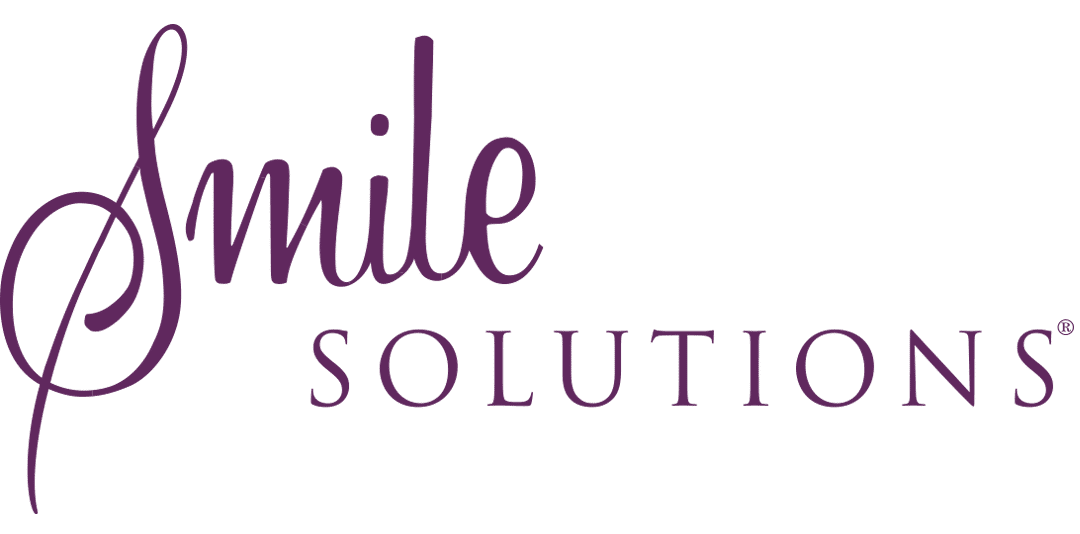
While applying a bit of “elbow grease” to cleaning tasks is necessary in most cases, when it comes to brushing your teeth, a softer approach is needed to ensure you do not damage your gums.
“Brushing your teeth requires a more delicate approach,” says Dr Peter Alldritt, chairman of the Australian Dental Association‘s oral health committee.
“People can literally kill their teeth with kindness,” says Alldritt.
While teeth themselves are hard, your gums are not. You do need to clean along the line where the gum meets your teeth, but brushing with too much pressure (or with too firm a toothbrush) can actually do more harm than good because it can wear away the thin top layer of gum.
“Once you cause the gum to recede, which means it shrinks away from the neck of the tooth, it’s usually irreversible. It won’t grow back.”
Receding gums expose the “neck” of your tooth, where there is no hard enamel covering the soft inner tooth layer called dentine. The enamel, which helps protect against decay, covers only the part of the tooth that sits above the gum.
Once the dentine is exposed, it means the tooth is then more vulnerable to decay from bacteria feeding on remnants of food. It can also cause your teeth to become highly sensitive because of exposed nerve endings in the porous dentine.
This can increase sensitivity to hot or cold foods and drinks.
“Even breathing cold morning air, your teeth can react to that. It can be very uncomfortable.”
Eroded gums can also look unsightly, as the exposed dentine is a dull yellow colour, compared to the whiter appearance of the rest of your tooth enamel.
Go softly on plaque
The aim of brushing your teeth is to remove plaque, which is made up of bacteria, residues from saliva and bits of food.
“People think the harder you brush, the better you’re going to clean that plaque off. But plaque is actually soft.”
To remove plaque, good technique, rather than force is needed.
“Your toothbrush needs to be aimed at the gum line. That’s the most important thing,” Alldritt says. “If you’re not getting your toothbrush at the gum line, you’re not reaching where the plaque starts to grow.”
“You should also use a circular brushing motion and never a back and forth motion like you’re scrubbing your shoes with a brush. The upwards stroke of the circle is hopefully going to sweep the plaque away.”
